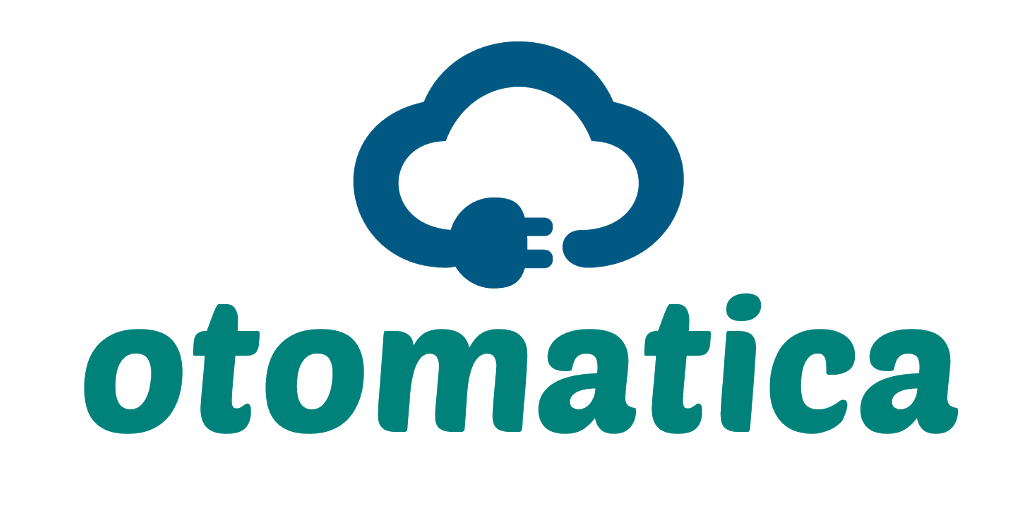Data Center
Load and Capacity Management
The power usage of the IT equipment accommodated by the Data Center Facility has a dynamic behavior that varies over time due to both the quantity of the IT equipment and the operating software used such as virtualization or cloud. Each new project or technology renewal has the potential to change the power consumption. As cloud configuration rapidly changes the utilization rate of servers, dynamic power variation is possible at any time.
Varying IT power consumption and seasonal atmospheric variations change the used capacity for critical cooling, as well as the power consumption of cooling equipment. The electromechanical infrastructure of the Data Center Facility should meet this excess capacity variation without sacrificing the redundancy, by using DC Capacity Management.
One of the measures for efficient usage of energy and water is shutting off the systems and devices alternately, which are presenting higher redundancy than planned. This method can be used without risking the redundancy only through Capacity Management.
Each equipment and device, particularly the Data Center’s power and critical cooling systems are powered off and isolated both electrically and mechanically for maintenance. Unscheduled downtimes or human errors also result in power offs. Such scheduled or unscheduled shutdowns are arising capacity gap which is shared or fully undertaken by the other active units depending on the redundancy configuration.
Consequently, this topological change varies in the current values and their distribution throughout phases of power supplying, conditioning, and distributing systems. Load Management ensures that the current limit is never exceeded in each phase of power supply systems during any maneuver. Circuit breakers are the main devices used to ensure that power distribution systems do not create risks to life and property by causing fires and explosion. Circuit breakers are selected by the project’s electrical designer in accordance with the electrical installation regulation and standards, and the current and delay parameters are calculated accordingly.
Load Management is necessary to ensure the set current limits of the circuit breakers are not exceeded in order to supply power with maximum availability to the data center’s critical loads. Otherwise, in the event of an increase in the quantity and utilization ratios of the active IT devices collocated in the Data Centers, redundancy may be lost, or serious outages may occur when the current limits are exceeded.
Otomatica’s experienced engineering team analyzes the project design to ensure that ‘Capacity and Load Management’ is tracked in real time and made visible to the facility staff in a simple manner. It provides risk management through user-friendly alert methods.


